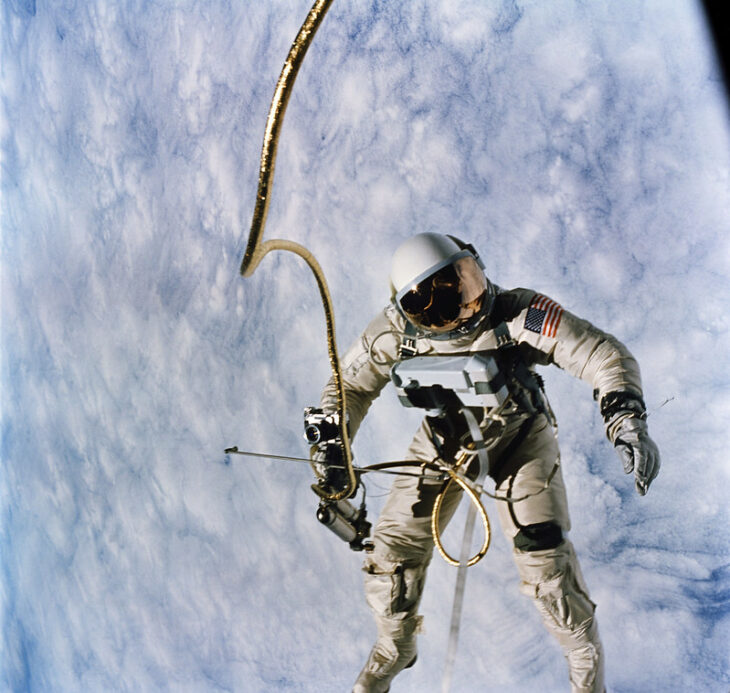As space agencies worldwide set their sights on deep space missions, it becomes increasingly more relevant for scientists to understand how prolonged space flight impacts our health. Researchers have shown that astronauts face health challenges without Earth’s protection, with radiation raising cancer risks and zero gravity decreasing bone strength and muscle mass. But what about the health effects that are less visible?
Researchers at University College London recently explored this issue by testing how low gravity and high radiation impact the kidneys – vital organs that regulate fluid levels and filter blood in our bodies. Scientists first began to suspect space flight could harm our kidneys when they noticed that astronauts had rates of kidney stone formation up to 7 times greater than pre-flight estimates. The scientists suggested this anomaly meant that even short space flights can impact the kidneys, so they set out to understand the extent and cause of these effects.
The researchers utilized existing data from 4 human and 12 rodent spaceflight missions, and 4 rodent space simulations with exposure to low gravity and/or high radiation. Spaceflight mission data included 86 astronauts and 101 mice who spent 3 to 199 days in space. The space simulations tested 90 mice with gravity and radiation levels equivalent to up to 1.5 years in space. The data they collected included the molecular composition of urine, blood, and feces from the mice and humans before and after space exposure. They also carried out their own targeted molecular and genetic analysis of some frozen blood and kidney samples from these experiments and simulations.
The scientists investigated why astronauts frequently develop kidney stones post-flight by analyzing blood and urine samples from 66 astronauts and kidney tissues from 57 mice after spaceflight simulations. While kidney stones on Earth are typically caused by high salt levels, these small molecules were not observed in post-flight astronauts or mice. Instead, key proteins that protect against kidney stones, like α-tubulin, were under-expressed. They also found an overproduction of a small molecule involved in protein production, called aminoacyl-tRNA, suggesting the body was responding to physical stress. To pinpoint the source, they focused on kidney-specific stress indicators.
Next, the scientists tested whether the structure of the astronauts’ kidneys was changing due to stress related to space flight. They explained that the kidneys have the unique ability to change their interior structure of tiny tubes and filters depending on blood pressure and diet in just weeks. To look for evidence of this restructuring, the research team examined the same blood samples from humans and mice, but this time they looked at a targeted subset of genes.
They found that within a month after space flight, both astronauts and mice had more active genes typically associated with kidney restructuring than normal. They separately confirmed these results using 3D scans and microscopic images of mice kidneys after simulated space gravity and radiation, which displayed on average a 25% increase in kidney size and restructuring, with abnormally large internal tubes.
Finally, the scientists compared all the unique small molecules, genes, and proteins present in the post-flight and post-simulation astronaut and mice blood to those typical in patients with certain kidney-related conditions such as kidney disease or amyloid disease. They found similar makeups to many conditions caused by kidney damage and inflammation but no exact match. Therefore, the research team named these unique collective kidney dysfunctions ‘Cosmic Kidney Disease’.
The researchers concluded that changes in kidney structure could cause the kidney issues astronauts experience after space travel. They explained that lower gravity disrupts the distribution and normal flow of fluids in the body in the same way it causes water to float in spherical droplets instead of falling to the ground. Thus they proposed that the kidneys, needing proper flow, adapt by changing their internal structure. These alterations can lead to inflammation, stress, and disrupted functions involving protein synthesis, fluid level, and kidney stone formation.
The scientists acknowledge that the study was limited in that samples could only be collected after space flight and a return to normal Earth conditions. However, their study was, to date, the most extensive analysis of kidney health in space.


